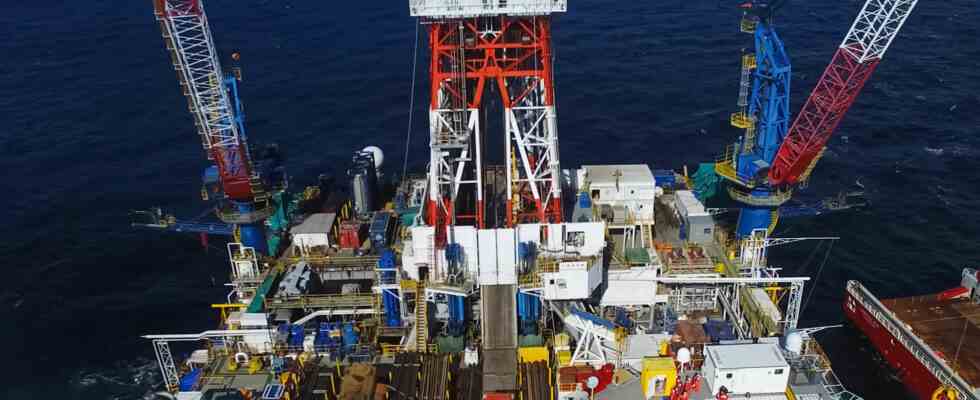Status: 15.09.2022 2:13 p.m
The high energy prices ensure that imports into the euro area become much more expensive. The development pushed the trade balance even further into the red in July, to an unprecedented record level.
The eurozone’s already high trade deficit widened in July. Compared to the previous month, the seasonally adjusted deficit increased by 8.1 billion to 40.3 billion euros, according to the statistics office Eurostat. This is by far the highest deficit in foreign trade since the currency area came into being in 1999. Experts had reckoned with a value of minus 32 billion euros.
The development goes back to both exports and imports. While exports fell by 1.7 percent, imports to the euro zone rose by 1.5 percent. Energy imports rose particularly sharply – a consequence of the rise in energy prices due to the Ukraine war. The development in the 27 EU countries was similar to that in the 19 euro countries.
The balance of trade is the difference between exports and imports. As a rule, the euro zone and the EU record significant surpluses in foreign trade.
Weak euro burden
In addition to the high prices for energy imports, currency developments may also have played an important role. Because of the weak euro, the energy imports billed in US dollars have a greater impact on the trade balance. The common currency has been falling since May last year. At that time you got more than 1.20 US dollars for one euro. In early September, it was less than 99 US cents.
Conversely, just over a year ago you only had to pay 82 eurocents to get one US dollar, now it’s around one euro.

